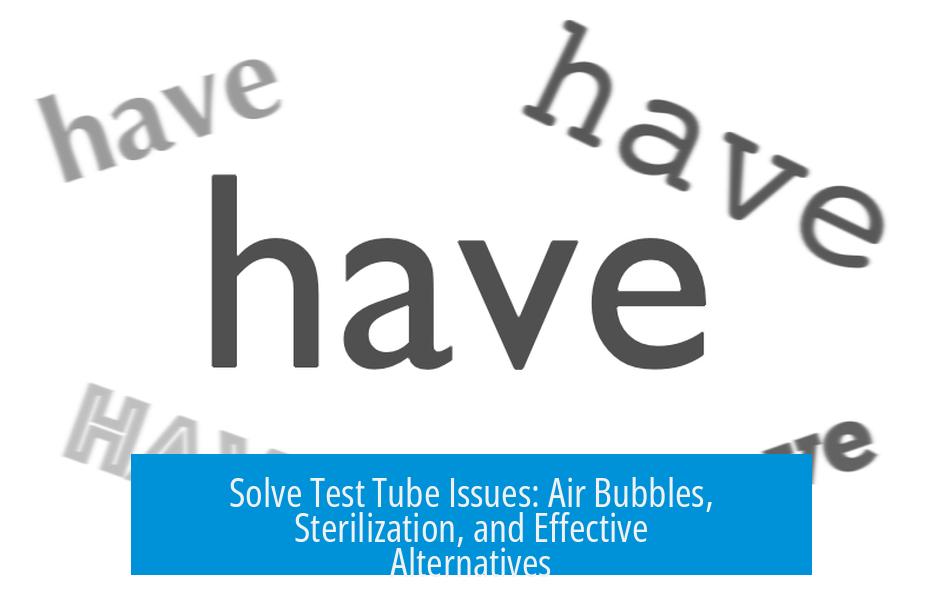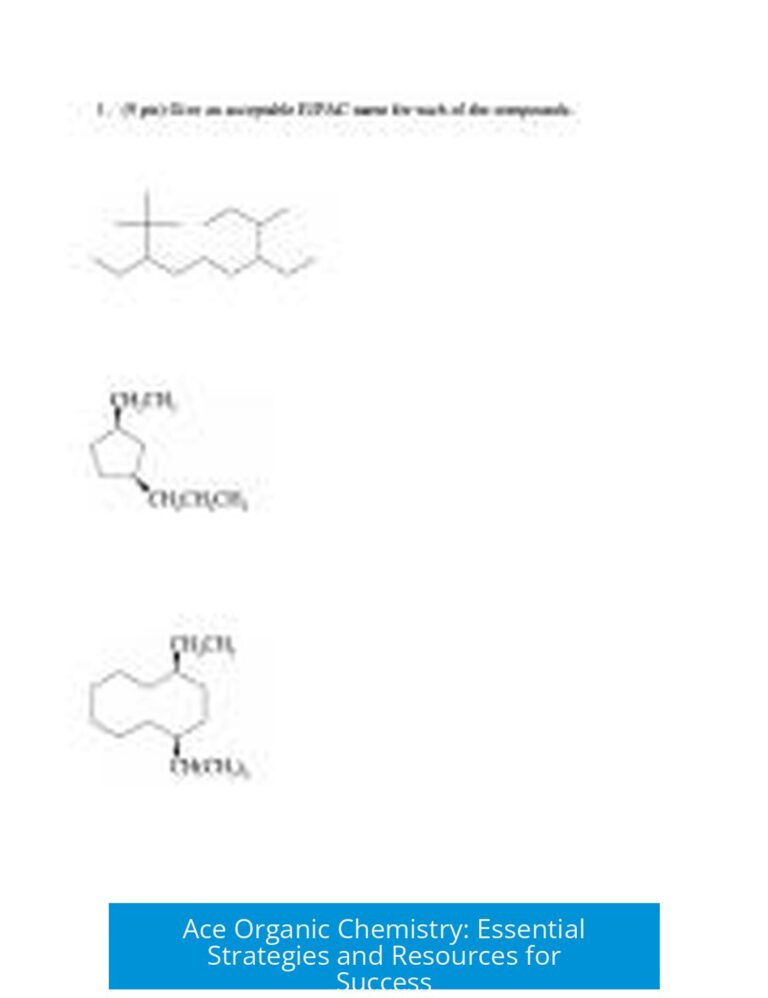Understanding and Managing Problems with Test Tubes

When frustrations arise with test tubes, the main issues often revolve around air bubbles, sterilization, and maintaining suitable materials inside them. Effective handling involves understanding why these problems occur and using proper techniques to prevent or solve them. This article addresses common test tube challenges and practical solutions.
Purpose and Basic Use of Test Tubes
Test tubes primarily hold liquid or solid samples in research or medical settings. Their use demands precision, especially when measurements and reactions depend on uncontaminated samples. Proper preparation ensures accurate results and prevents experimental errors.
Why Are Air Bubbles a Concern in Test Tubes?
Causes of Air Bubbles
- Dissolved gases in water are primary bubble sources. Water naturally contains oxygen, nitrogen, and carbon dioxide.
- Temperature shifts, especially warming cold water to room temperature, decrease gas solubility, causing bubbles to form.
- In some cases, rapid placement or filling may trap air inside the tube.
Impact of Air Bubbles
Air bubbles can distort volume readings, interfere with reactions, or serve as sites for contamination. Unintended gas pockets also affect microbial growth conditions, potentially altering experimental outcomes.
Techniques to Remove or Avoid Air Bubbles
Several methods help reduce or eliminate air bubbles in test tubes:
- Boiling and Cooling Water: Boiling expels dissolved gases. Cooling to room temperature after boiling reduces bubble formation due to temperature changes.
- Vacuum Filtration and Degassing: Applying a vacuum pulls out dissolved gases, making water less prone to bubble formation.
- Ultrasonic Cleaning: Ultrasonic jewelry cleaners agitate the water and tube surface, dislodging trapped bubbles effectively.
- Submerging Tubes Underwater: Filling and plugging tubes submerged in water prevents air entrapment during filling.
- Centrifugation: Centrifuging tubes forces bubbles out by applying centrifugal forces, making it a useful option when accessible.
Water Treatment and Sterilization for Test Tube Use
Importance of Sterilization
Sterilizing test tubes, water, and other components is critical in preventing microbial contamination. This includes autoclaving tubes, boiling or filtering water, and carefully handling all materials to avoid introducing microbes.
Specific Sterilization Considerations
- Cotton Plugs: Cotton has a large surface area and can harbor microbes. Handling with bare hands leads to contamination.
- Water: Sterilizing water via boiling or autoclaving removes microbes and reduces dissolved gases, minimizing bubbles.
- Glassware: Washing with antimicrobial agents and thorough drying ensures reduced microbial load.
Use of Antimicrobial Agents
Adding antimicrobial agents to water or rinsing glassware with solutions prevents microbial growth. Common agents in fermentation practices include:
- Sodium Metabisulfate: Used in trace amounts to sterilize surfaces and inhibit microbes.
- Potassium Sorbate: A food-safe microbial suppressant, effective in maintaining sterile conditions.
Such measures balance microbial control without introducing harmful chemicals, especially relevant when biological samples or fermentations are involved.
Alternatives to Cotton for Test Tube Closures
Cotton plugs, while common, pose contamination risks. Alternatives include hydrophilic polymers designed to maintain moisture without the microbial load cotton may bring.
- Hydrophilic polymer granules can hold water and maintain humidity.
- Using tubes filled with polymers paired with drip systems can be a sterile alternative.
- This approach suits experiments needing constant moisture but minimized contamination.
Additional Practical Advice with Test Tubes
- Always handle all materials with sterile gloves or tools to avoid contamination.
- Be mindful of temperature’s effect on dissolved gases, filling tubes carefully to minimize air entrapment.
- Ensure complete drying and sterilizing of glassware before use.
- Choose appropriate materials for tube caps or closures based on experimental needs.
Summary of Key Solutions
- Air bubbles mainly arise from dissolved gases and temperature changes; boiling and vacuum degassing reduce bubbles.
- Ultrasonic cleaning, centrifugation, and underwater filling help dislodge and avoid bubbles.
- Sterilize all components, focusing on cotton plugs and water, to keep microbial contamination minimal.
- Use antimicrobial agents like sodium metabisulfate and potassium sorbate as additional controls.
- Consider hydrophilic polymers as alternatives to cotton for closing test tubes and maintaining moist environments.
Closing Thoughts
Challenges with test tubes often stem from physical and microbiological factors. Careful preparation and handling, along with targeted sterilization and materials choices, address these issues effectively. Implementing these strategies ensures cleaner, more reliable experimental conditions free from problematic air bubbles and microbial contamination. Adapting these methods eases frustration and improves consistency in lab work.





Leave a Comment